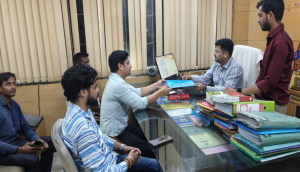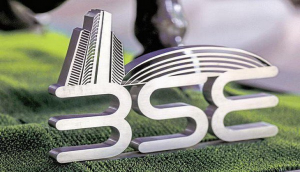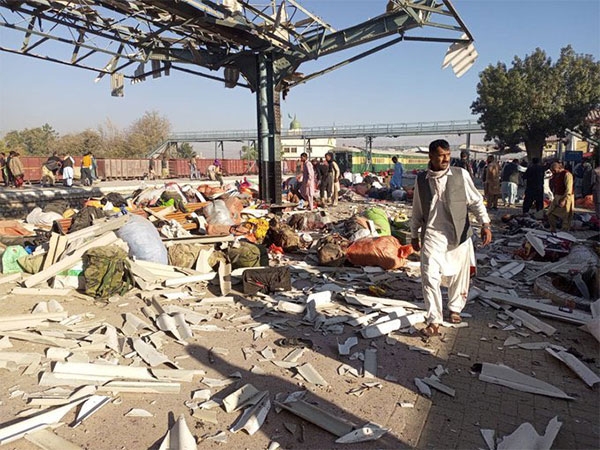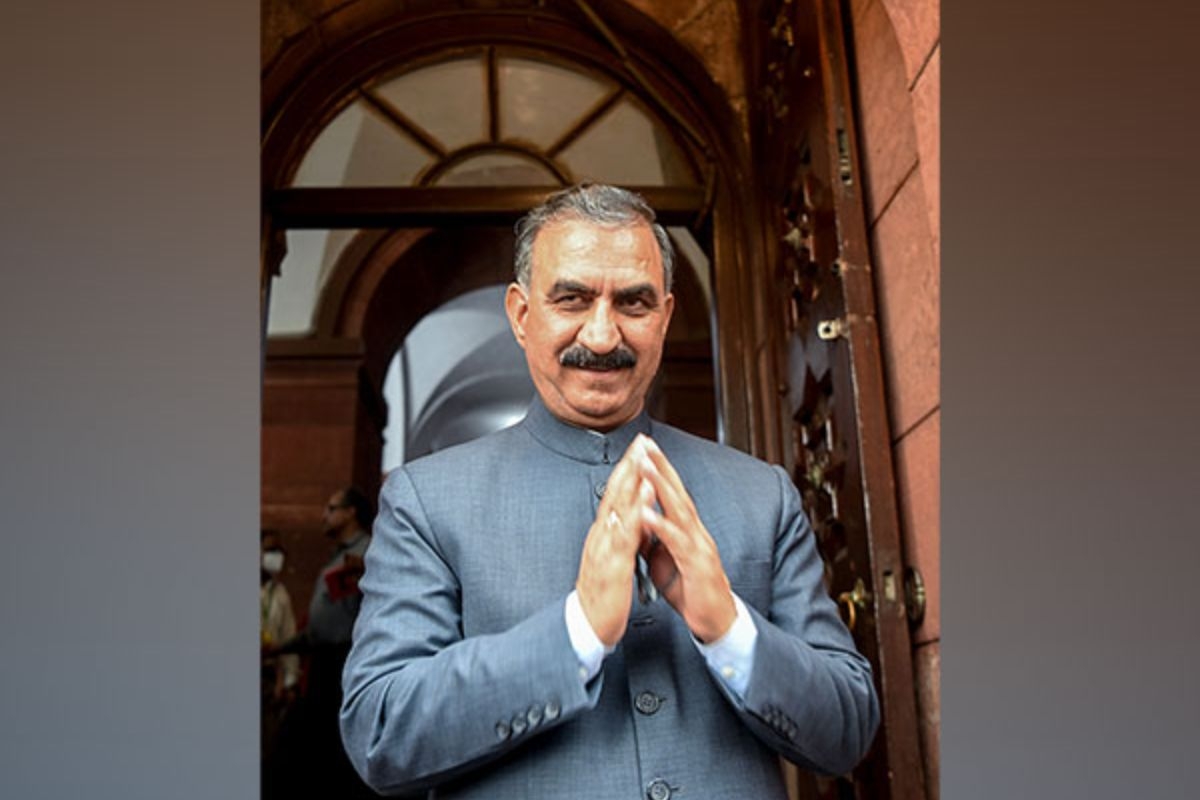The last-minute cut in GST rate on fertilisers won’t save govt from farmers' ire

There are two takeaways from the Goods and Services Tax Council's decision to slash GST rate on fertilisers from 12% to 5% at the last minute.
One, the spectre of the massive farmers' unrest seen across the country recently has forced the government to make concessions for farmers. Two, the government is not-GST ready, in spite of its claims to the contrary.
Farmers and farm policy analysts had been protesting against the 12% GST on fertilisers since tax on fertilisers was in the range of 0-6% across the country, in the pre-GST days. Had the 12% rate come into effect, prices would have gone up phenomenally, increasing the cost of cultivation and adding to the woes of poor farmers.
The meeting of the GST Council had been called just on the eve of GST's launch, reportedly merely for thanksgiving. No new decisions were supposed to be taken, but two key announcements were made nevertheless.
One of these was about fertilisers and the other was about drop in tax rate on tractor parts from 28% to 18%.
Growing trouble for Indian farmers
Finance Minister Arun Jaitley, who heads the Council, mentioned that feedback from states was the reason behind the cut in fertiliser tax rates.
What he didn't mention was that the government does not accept every feedback. It is hard to imagine that the recent farmers' agitation in many states, especially the scenes from Madhya Pradesh and Maharashtra, would not be playing at the back of the mind of the government's mandarins.
However, farmers are still quite likely to be in for a price shock as several other farm inputs will get costlier.
Drip and sprinkler irrigation equipment, will face 18% GST, as against a 5% VAT presently. Pesticide sprayers will also be taxed at 18%, up from the present 6% VAT. Electric motors will also attract 18% GST, while they were taxed at 7% under the VAT regime. Insecticides and pesticides will also attract 18% GST.
It has not been even a month since the farmers' unrest in Madhya Pradesh's Mandsaur began. The absence of reports of continuing action by farmers doesn't mean that the unrest is dead. A large number of suicides by farmers have been reported in Madhya Pradesh, days after the protests died out. Several farmers’ organisations have announced a march across the locations where the protests happened last month, on 6 July.
It is quite likely that this hike in tax rates on farm inputs will add to the grievances of farmers and agricultural activists.
The govt is not GST ready
The lowering of rates does indicate that various pressure groups are lobbying with the government to get GST rates for their respective sectors lowered. It also means that the government may be listening to some of them. That is not necessarily a bad thing because that’s how democracies work.
However, the last minute changes are not only limited to cuts. There have been hikes too, suggesting that broadly, the GST system is still in flux and therefore not ready for rollout.
One day before this move, the government had also tinkered with the GST rate for another sector. The GST rate for the construction sector was hiked to 18% on 29 June, over a month after the GST Council had settled on 12% for the sector.
Although developers are saying that the hike will still come to around 12% because land value has been removed from computation of tax liability, the fact remains that changes were brought in at the last moment.
How can a system that is gearing up for roll-out be subjected to critical last minute changes? Won't price tags and invoices at multiple points throughout the supply chain also have to be amended accordingly? That will be a cumbersome procedure and will prevent finality from settling in, leading to a lot of confusion.
Looks like GST needed more time.
First published: 1 July 2017, 20:24 IST






![BJP's Kapil Mishra recreates Shankar Mahadevan’s ‘Breathless’ song to highlight Delhi pollution [WATCH] BJP's Kapil Mishra recreates Shankar Mahadevan’s ‘Breathless’ song to highlight Delhi pollution [WATCH]](https://images.catchnews.com/upload/2022/11/03/kapil-mishra_240884_300x172.png)

![Anupam Kher shares pictures of his toned body on 67th birthday [MUST SEE] Anupam Kher shares pictures of his toned body on 67th birthday [MUST SEE]](https://images.catchnews.com/upload/2022/03/07/Anupam_kher_231145_300x172.jpg)






